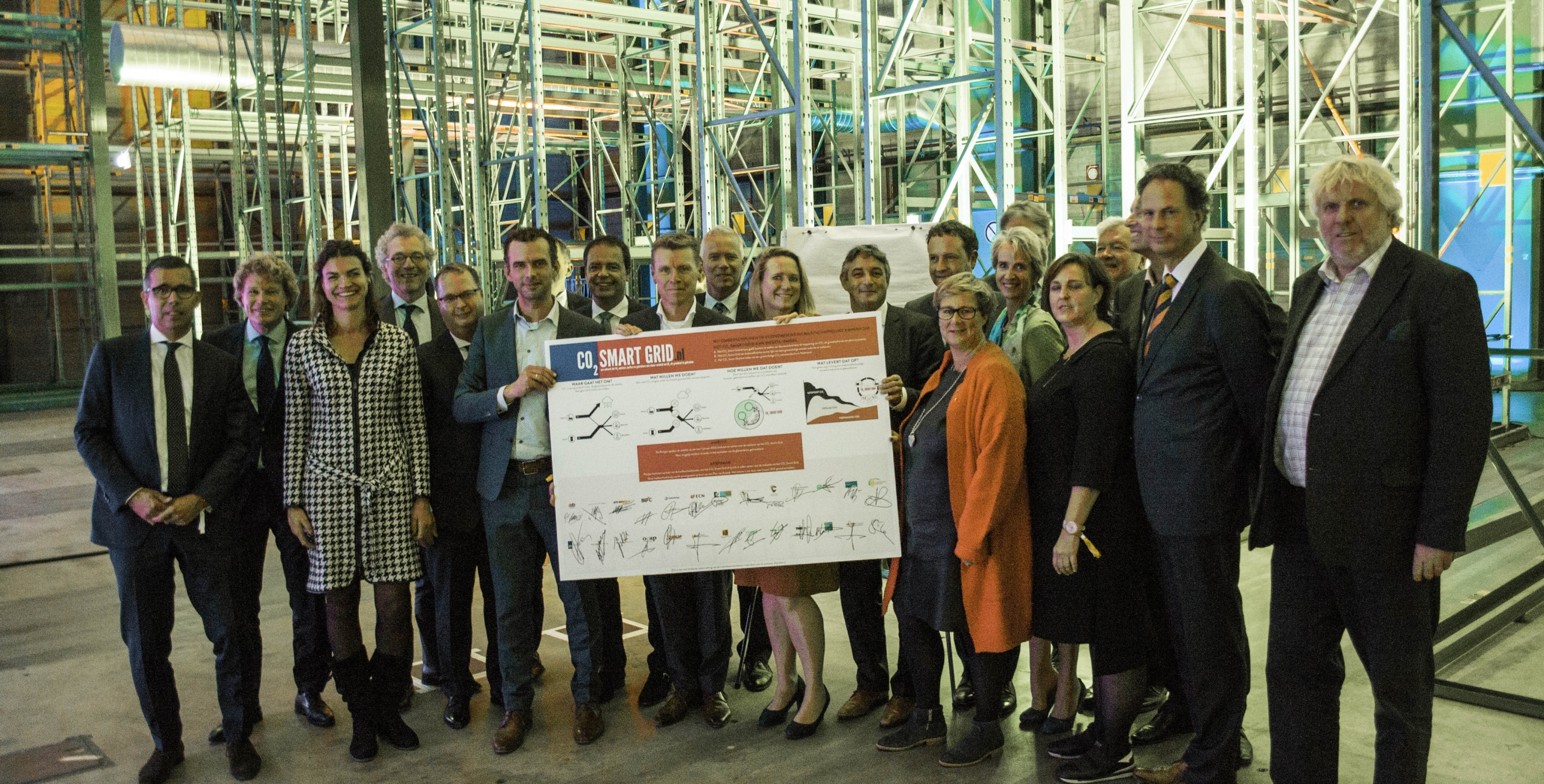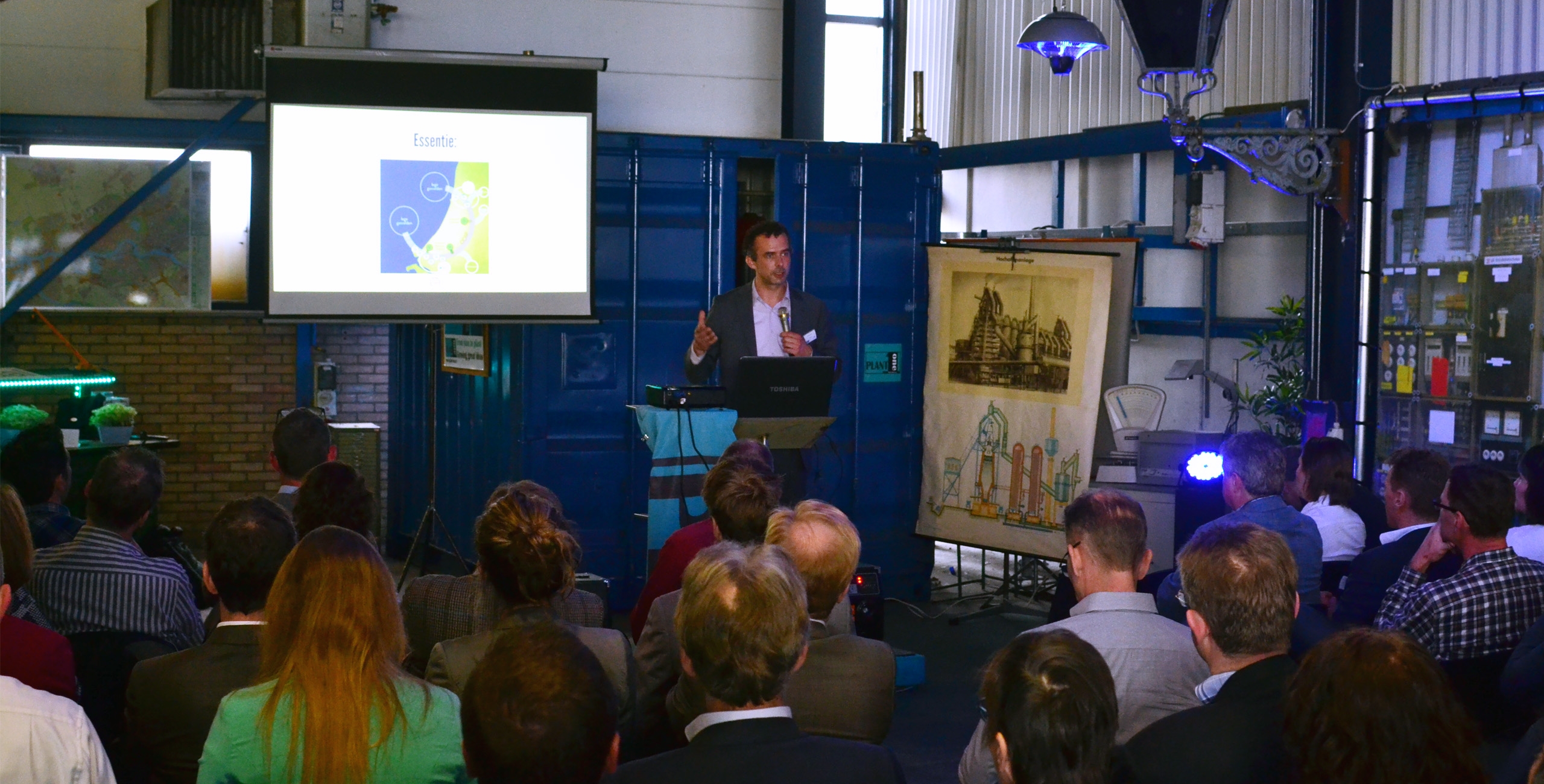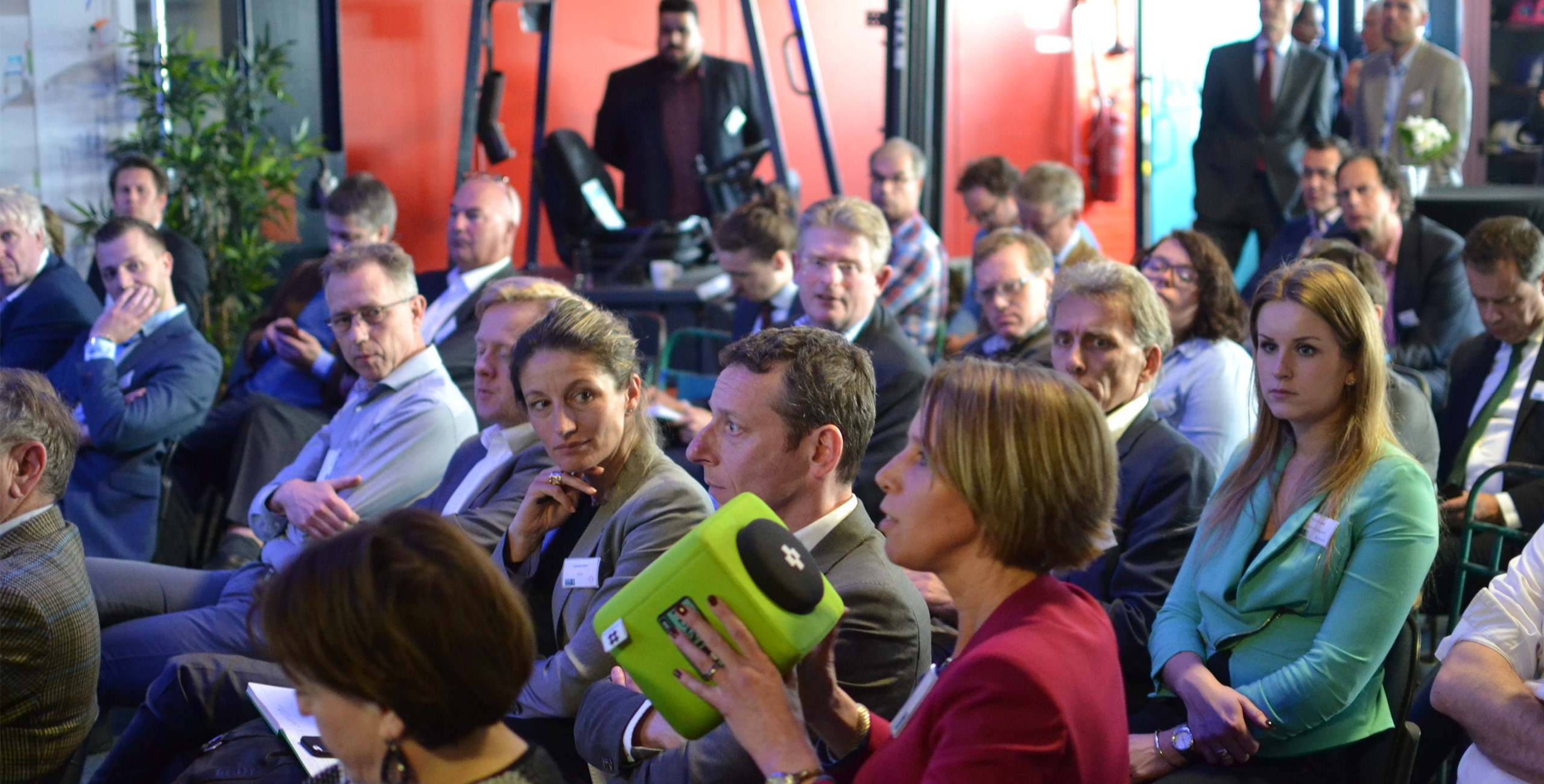Turning CO2 into business
BLOC and the CO2 Smart Grid
Building on the circular economy. Let’s start with the raw material currently posing the greatest threat. And turn it into business!
Why is this so important to us?
Elon Musk doesn’t call our CO2 emissions ‘humankind’s most stupid experiment ever’ for nothing. That’s why limiting CO2 emissions into the atmosphere is the most important challenge of the 21st century. Fortunately, this issue is being addressed; take for example the agreement signed in Paris and the rapid development of clean energy. However, these measures are proving a major challenge for the Netherlands. Within Europe, we’re not only standing on the wrong side of the fence when it comes to renewable energy, but we’re also largely dependent on fossil energy for our prosperity. A dilemma that continues to groan and creak, clearly demonstrated, for example, by the gas extraction in Groningen.
But what if business and ecological stakes could go hand in hand? That the transition doesn’t just become a complex issue, but a major opportunity too? It’s possible! Because CO2 is also a raw material. And nowhere in the world has a functioning network been established with which CO2 can be effectively distributed for use in greenhouses. Such a network could become a feasible possibility in the Netherlands, one that will operate in the proximity of five top universities, two international ports, the largest petrochemical cluster in the world and numerous leading knowledge institutes and companies.
By working on the CO2 Smart Grid, we’re not only making strides in market-driven sustainability, we’re also demonstrating to the world that challenges can also become opportunities.
How does BLOC work on such major projects?
We can only do this with ambitious partners that have the desire, and the guts, to work on opportunities like these. The process starts by establishing smart collaborations. Our independent role is important to this process. Because we have no direct business interests, we can focus solely on the ambition: putting as little CO2 as possible into the air by making as much use of it as possible.
Kick-off of the feasibility phase is in March 2017.

Why is this moment particular significant?
For all those involved – and actually the whole world – these types of forward-looking concepts are exciting. Because although the development is clear, we don’t know what we may face further down the road. What role will each individual play in the grand scheme of things? We are extremely proud that all the partners of the CO2 Smart Grid look beyond the obstacles and see the whole. After we expressed the intention at the Climate Top (we think it is a good idea), actual steps are now being taken (we’re going for it).
With such immense projects, the choice to invest is a serious one. Investing is only possible if you are aware of all the implications. This is what we are going to do in our feasibility study. The insights that emerge will ultimately supply the arguments that determine the decisions taken. This is quite something, because there are plenty of issues: economic, technological, policy related and social. These are also the guiding ‘tracks’ in the feasibility study that the 28 partners (newest partners: EBN and Gasunie!) of the CO2 Smart Grid have started on. It is inspiring to see that businesses, knowledge institutes and governments want to invest in this exciting project.
Read everything about CO2 Smart Grid here.
We can only do this with ambitious partners who have guts

